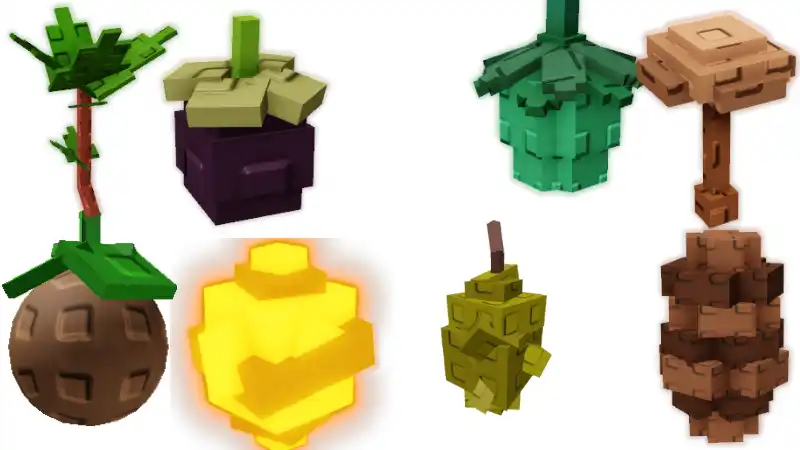If you’re looking for a truly unique and visually stunning plant in Grow a Garden, then the Gleamroot is one you need to know about. This multi-harvest crop was added during the Beanstalk Event and stands out for its magical appearance. I was excited to get my hands on this one, as it’s one of the few ‘Night’ type crops available outside of a specific event.
Table of Contents
This page is still a work in progress in the community, but I’ve gathered all the essential information to help you understand what makes the Gleamroot special and how you can add it to your collection.
🌱 Appearance and Characteristics
The Gleamroot crop is a moderately-sized tree with a dark brown trunk that splits into several stems. What I find most beautiful is the foliage, which has a striking turquoise-to-blue gradient—the only tree in the game with this feature. The entire tree sprouts from rocky-looking roots that have green, crystal-like growths on them.
One of the coolest interactive features is that the Gleamroot crop actually changes color when you touch it. It’s a small detail that makes having it on your farm a lot more fun. For more beginner tips, check out this guide on how to get started in Grow a Garden.
📦 How to Obtain Gleamroot
The Gleamroot seed can be obtained from special seed packs, primarily associated with the Beanstalk Event. From my experience, the chances are a bit low, making it a prized possession.
- Sprout Seed Pack: 4.5% chance
- Exotic Sprout Seed Pack: 4.5% chance
- Rainbow Sack: 8% chance
💡 Key Stats
The Gleamroot is not just for show; it’s also a high-value crop that can significantly boost your earnings. Here are its impressive stats:
- Average Value: 75,000 Gold
- Average Weight: 2.5 kg
- Huge Chance: 0.50%
- Grow A Garden – Woody Type Crops Guide
- Grow A Garden – A Guide to the Giant Pinecone Crop
- Grow A Garden – A Guide to the Cocovine Crop
- Grow A Garden – A Guide to the Rhubarb Crop
- Grow A Garden – A Guide to the Duskpuff Crop
- Grow A Garden – A Guide to the Mangosteen Crop
- Grow A Garden – A Guide to the Amberheart Crop
